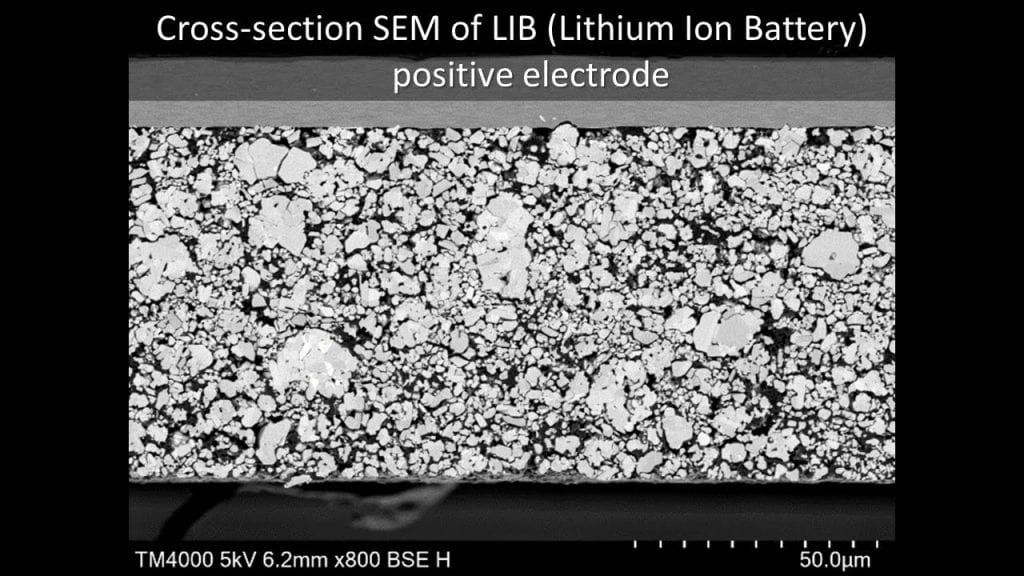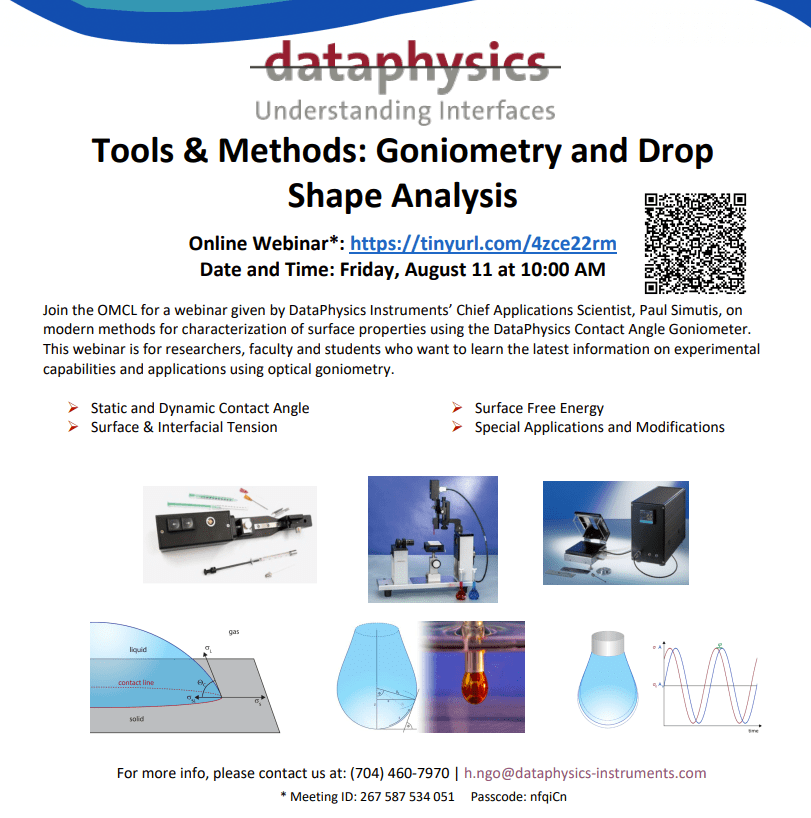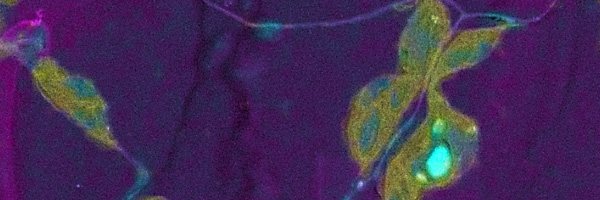Webinar from Malvern PANalytical – XRD Masterclass 1 – Characterization Of Amorphous API
Small molecule drug products often face multiple development challenges, common amongst which are those relating to solubility, stability and manufacturability.
The Developability Classification System (DCS) provides useful guidelines for selecting a formulation technology, based on assessment of the drug’s fundamental properties and dose expectations. APIs which fall under Class 1 (good solubility, good permeability) were discovered and delivered to the market early on.
Nowadays, the majority of small molecule drug candidates are poorly soluble and belong to Class 2 (a & b). For these molecules, solid-form screening and new formulation types are required to create competitive pharmaceutical products.
In the search for more soluble or bioavailable forms, different types of drug formulations are being considered, including nanoparticles, amorphous solid dispersions, co-crystals and drug carrier systems. In this webinar, we’ll focus on amorphous formulations and address the following questions:
• Are amorphous compounds which are obtained in different experimental conditions the same?
• Are they free of nano-crystalline material and are they truly amorphous?
• What are the best ways of quantifying low and high amorphous content?
• How we can we use X-ray diffraction to answer these, and more, questions?
The MCF will be playing this webinar in the MCF Lobby but if you would like to register for this and watch it on your own computer, you can register here.
Date: February 20 2020
Time: 10:30 – 11:30





